The Enchanting Souks of Morocco: A Journey Through North African Splendor
Stepping into the labyrinthine alleys of a Moroccan souk is like entering a living tapestry of colors, scents, and sounds. These bustling marketplaces, found in cities like Marrakech, Fes, and Casablanca, are more than just shopping destinations—they are vibrant cultural hubs where centuries-old traditions continue to thrive. From the intoxicating aroma of exotic spices to the intricate patterns of handwoven carpets, every corner tells a story of craftsmanship and heritage.
The Spice Bazaars: A Symphony of Aromas
No visit to a Moroccan souk is complete without losing yourself in the spice quarters. Towering pyramids of saffron, cumin, and paprika create a kaleidoscope of hues, while vendors expertly blend ras el hanout—the legendary "top of the shop" mixture that can contain up to thirty different spices. The air hangs heavy with the earthy scent of turmeric, the citrusy notes of dried lemons, and the warm embrace of cinnamon. Many spice merchants still use brass scales from bygone eras, weighing out portions with theatrical flourishes that turn each purchase into a performance.
Beyond culinary uses, these spices represent Morocco's historical role as the crossroads of Africa, Europe, and the Middle East. The prized saffron comes from the Ourika Valley, while the best cumin is said to grow near the Atlas Mountains. Locals will whisper that the real secret lies not in the individual spices but in their careful balancing—a metaphor perhaps for Morocco's own cultural alchemy.
The Carpet Weavers: Threads of Tradition
In the quieter corners of the souk, beyond the clamor of the food stalls, one finds the carpet merchants. Their shops are veritable museums of textile art, with piles of Berber rugs cascading from floor to ceiling. Each region produces distinct patterns: the bold geometric designs of the Middle Atlas, the subtle tonal variations of Rabat carpets, or the vibrant reds characteristic of Marrakech weavings. Master weavers often incorporate symbolic motifs—the hand of Fatima for protection, diamond shapes representing fertility, or zigzag lines depicting life's journey.
The bargaining ritual here is an art form in itself. Mint tea will appear as if by magic, and the merchant might unravel a dozen carpets before discerning your true interest. Older pieces carry special prestige, their vegetable-dyed wool having developed a prized patina over decades. Some workshops still employ children to tie the tiniest knots—a controversial practice that underscores how traditional craftsmanship grapples with modern ethics.
Metalwork and Lanterns: Capturing Light
As dusk approaches, the souk transforms into a constellation of flickering lights. Artisans hammer intricate patterns into brass and copper, creating the iconic Moroccan lanterns that scatter golden shadows like liquid sunlight. The clang of metalworkers echoes through the narrow streets, where apprentices as young as twelve learn to shape tagines and tea sets using techniques unchanged for generations. Particularly fascinating are the water sellers' ornate brass canteens—once essential for desert travelers, now primarily sold as decorative pieces.
The metalworking quarter also produces the elaborate trays used in Moroccan tea ceremonies, often engraved with Arabic calligraphy. Watch closely and you might see masters applying the ancient art of damascening—inlaying silver or gold wire into iron to create breathtaking contrast. These workshops represent a living lineage, with skills passed from father to son in unbroken chains stretching back to medieval times.
Leather Tanneries: A Sensory Spectacle
No description of Moroccan souks would be complete without mentioning the legendary tanneries, particularly the centuries-old Chouara Tanneries in Fes. From rooftop vantage points, visitors behold a surreal mosaic of dye pits—circles of vibrant yellows, deep blues, and rich browns where workers stand waist-deep treating hides using methods documented since the 11th century. The process begins with natural softening agents like pigeon droppings (a startling but effective traditional technique) before moving to vegetable dyes: poppy for red, indigo for blue, mint for green.
The resulting leather goods—handbags, jackets, babouche slippers—fill nearby stalls. While modern synthetic dyes exist, connoisseurs insist the vegetable-dyed leather develops character over time, its colors evolving like fine wine. The tannery workers, often from families who have plied this trade for generations, demonstrate astonishing resilience against the pungent odors by clutching sprigs of fresh mint to their noses.
The Souk as Living Heritage
Beyond commerce, these markets serve as social nuclei where news is exchanged, friendships forged, and traditions preserved. Elderly men play strategic games of checkers near fabric stalls, while henna artists decorate hands with floral patterns unchanged since the days of the sultans. The call to prayer mingles with the cries of vendors and the occasional bleat of a donkey transporting goods through the narrow passages.
In an age of globalization, Morocco's souks remain defiantly authentic. While some shops now accept credit cards and Instagram-savvy vendors promote their wares online, the essence remains rooted in personal interaction. To purchase here isn't merely a transaction—it's an exchange of stories, a sharing of tea, and participation in rituals that have animated these spaces since caravan routes first brought exotic goods across the Sahara. The true magic lies not in any single spice or carpet, but in the living tradition they represent—a North African legacy that continues to beguile travelers from across the world.
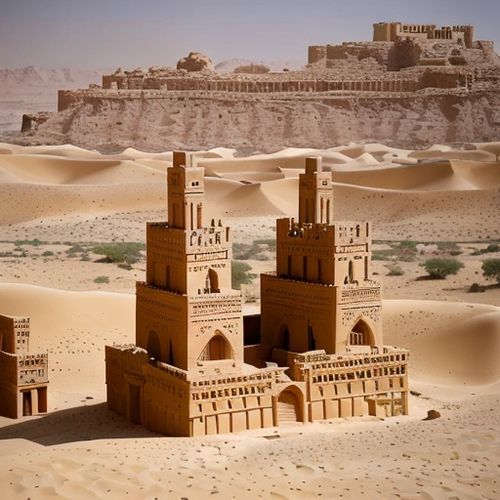
By /May 11, 2025
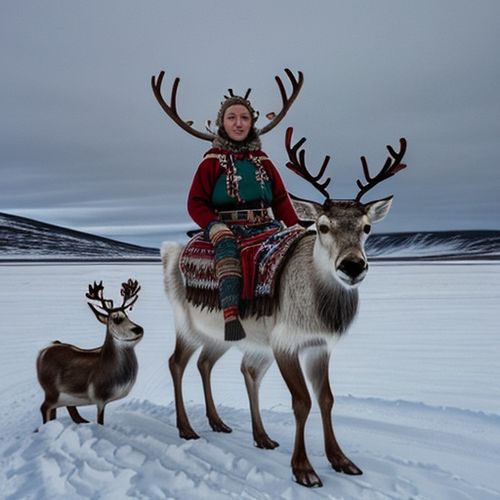
By /May 11, 2025
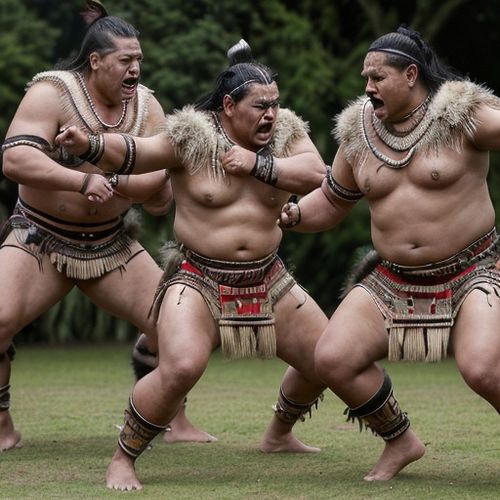
By /May 11, 2025

By /May 11, 2025
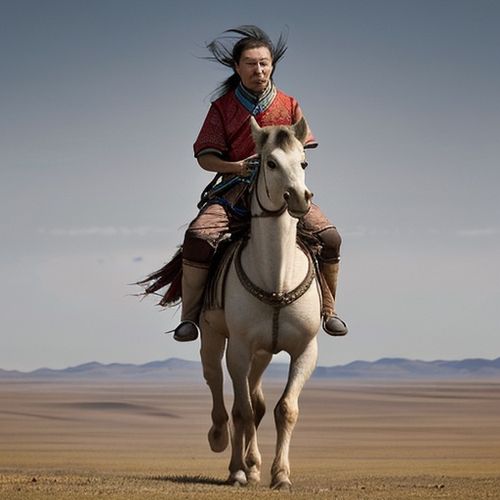
By /May 11, 2025
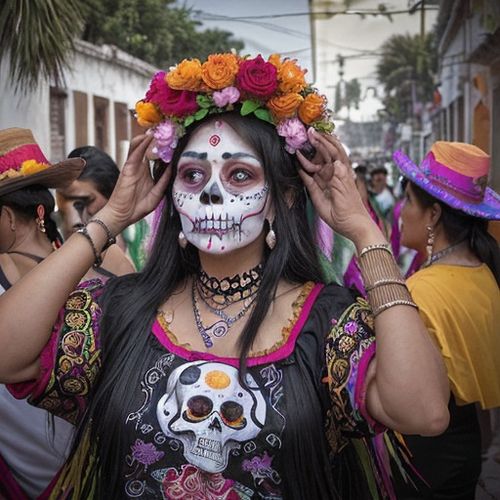
By /May 11, 2025
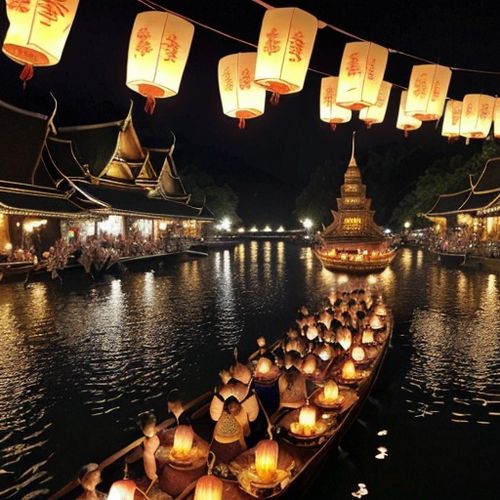
By /May 11, 2025

By /May 11, 2025
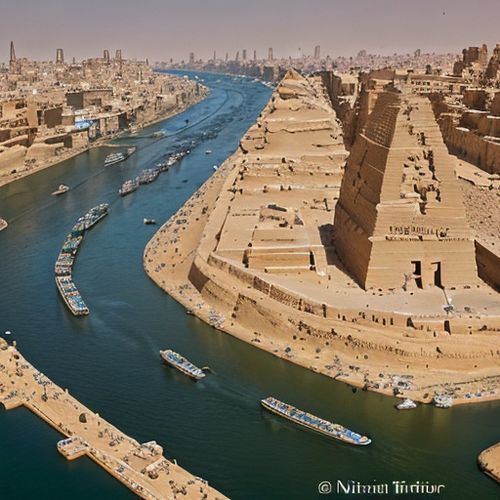
By /May 11, 2025
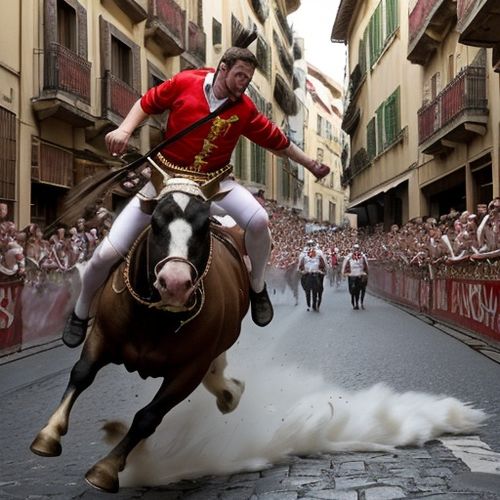
By /May 11, 2025

By /May 11, 2025
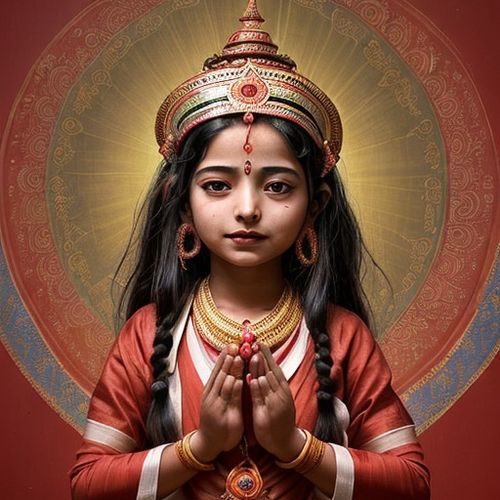
By /May 11, 2025
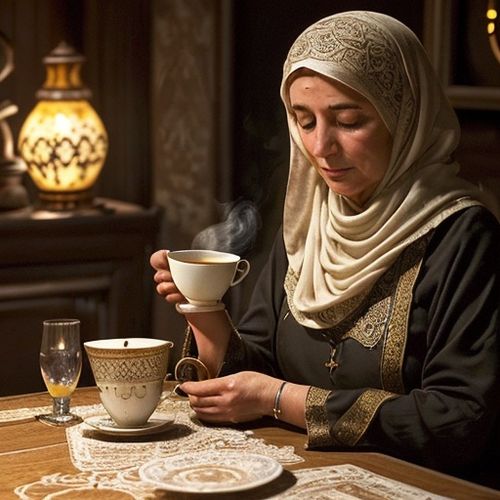
By /May 11, 2025
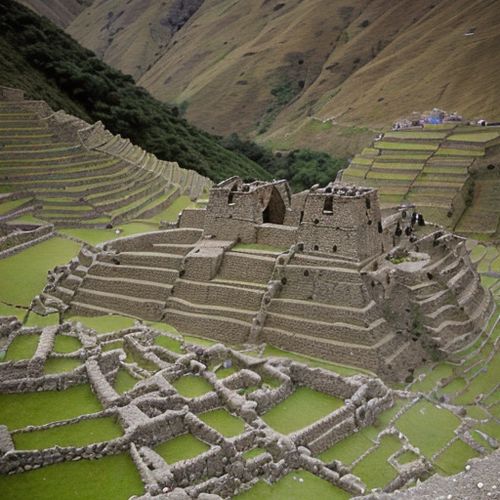
By /May 11, 2025
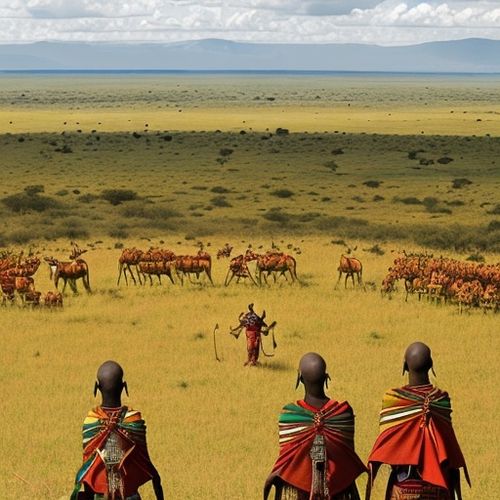
By /May 11, 2025
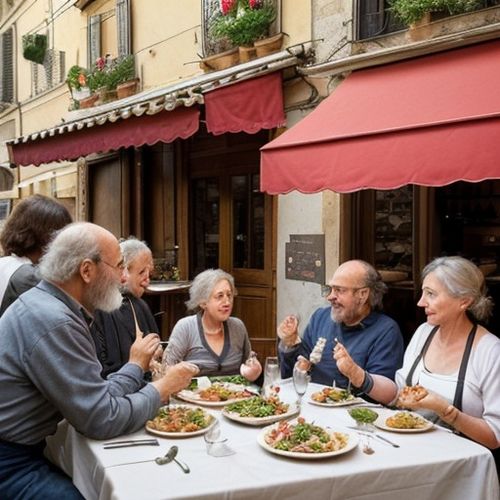
By /May 11, 2025

By /May 11, 2025
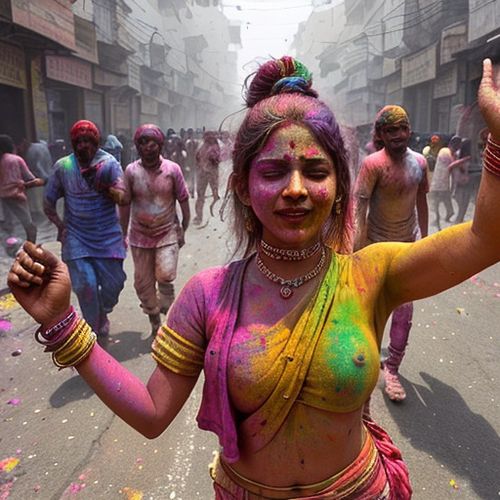
By /May 11, 2025
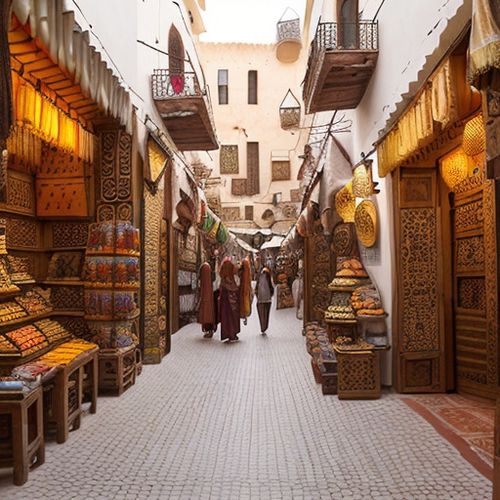
By /May 11, 2025
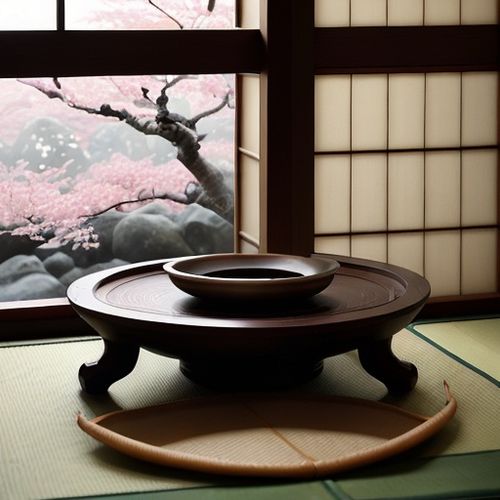
By /May 11, 2025